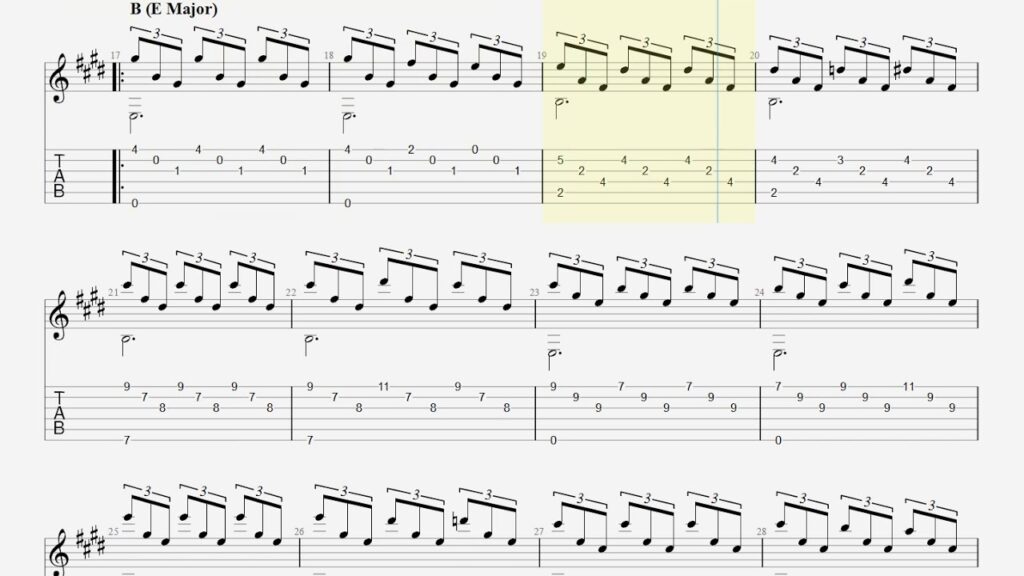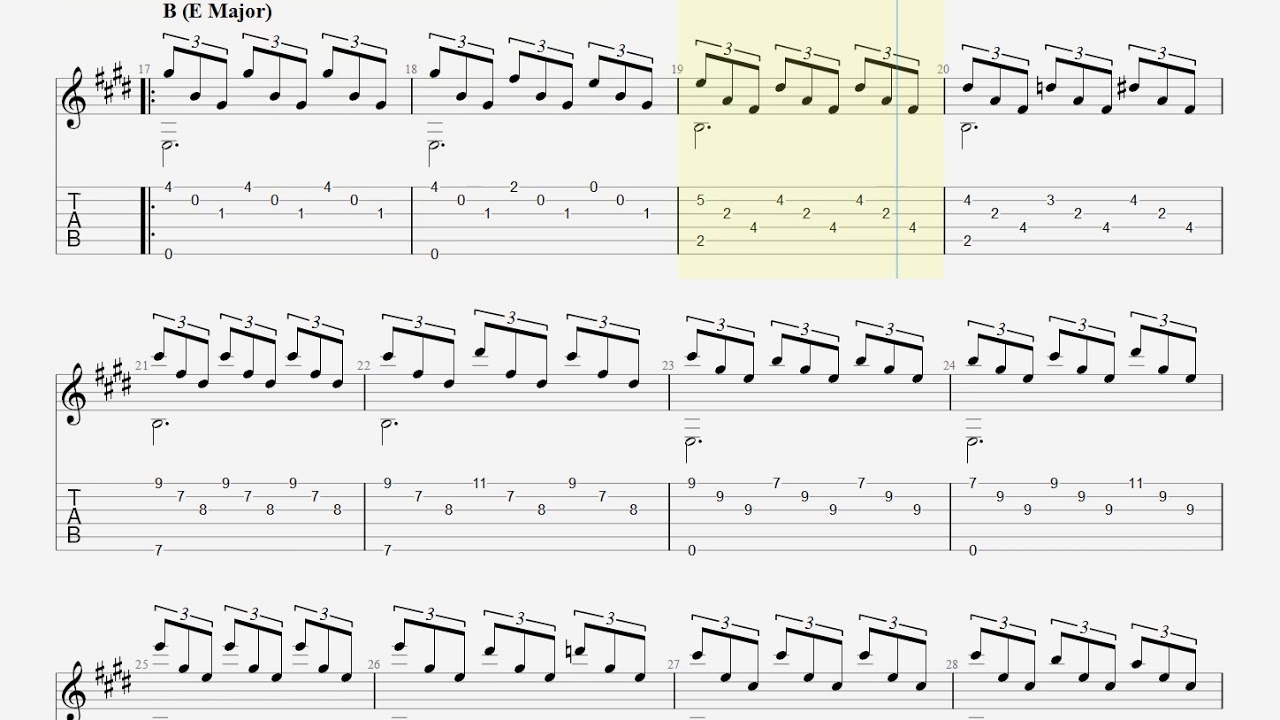
Unlocking Fingerstyle Spanish Acoustic Guitar for Small Hands: A Comprehensive Guide
Are you a guitarist with smaller hands dreaming of playing beautiful fingerstyle Spanish acoustic pieces? The good news is, physical limitations don’t have to limit your musical aspirations. This comprehensive guide is designed to equip you with the knowledge and strategies needed to overcome the challenges and excel in fingerstyle Spanish guitar, even with smaller hands. We’ll explore instrument selection, technique adjustments, practice tips, and more, providing you with a roadmap to achieve your musical goals. This isn’t just about playing; it’s about playing well, and enjoying every moment of your musical journey.
Understanding the Challenges and Opportunities
Playing any guitar style with smaller hands presents unique challenges. The wider necks and string spacing of classical and flamenco guitars, typically used for Spanish music, can feel particularly daunting. Reaching certain chords and executing complex fingerstyle patterns might seem impossible at first. However, with the right approach, these challenges can be overcome, and in some cases, even turned into advantages. For example, smaller hands can sometimes navigate tighter fret spacings with greater agility. Understanding the specific hurdles and identifying tailored solutions is the first step toward mastery.
The key is to focus on adapting techniques and choosing instruments that complement your hand size. Many guitarists with smaller hands have achieved remarkable success in fingerstyle Spanish guitar by employing these strategies. This guide draws upon their experiences and expert advice to provide you with the most effective methods.
Choosing the Right Guitar: Size, Scale Length, and Nut Width
Selecting the right guitar is paramount for players with smaller hands. Several factors contribute to playability, including body size, scale length, and nut width. A smaller body guitar, such as a parlor guitar or a 7/8 size classical guitar, can be more comfortable to hold and play. Scale length, the distance between the nut and the bridge, affects string tension and reach. A shorter scale length (e.g., 630mm or 640mm compared to the standard 650mm) reduces string tension and makes it easier to fret notes. The nut width, the width of the neck at the nut, is crucial for fingerstyle playing. A narrower nut width (e.g., 50mm or 48mm) can significantly improve reach and comfort for smaller hands.
Consider these options:
- 7/8 Size Classical Guitars: These guitars offer a slightly smaller body and shorter scale length, making them ideal for players with smaller hands.
- Parlor Guitars: These guitars have a smaller body size and shorter scale length than standard acoustic guitars.
- Guitars with Narrower Nut Widths: Look for guitars with nut widths of 50mm or less.
It’s essential to try out different guitars to find the one that feels most comfortable and playable for you. Don’t hesitate to consult with a knowledgeable guitar technician or luthier who can provide personalized recommendations. They can also assess your playing style and hand size to help you make the best choice.
Adapting Fingerstyle Techniques for Small Hands
Mastering fingerstyle Spanish guitar requires adapting traditional techniques to suit your hand size. This involves adjusting your hand position, optimizing finger placement, and exploring alternative fingerings. Experiment with different hand positions to find the most comfortable and efficient way to reach the strings. Avoid overstretching your fingers, as this can lead to fatigue and injury. Instead, focus on using your entire arm and shoulder to generate movement, rather than relying solely on your fingers.
Here are some specific techniques to consider:
- Thumb Position: Experiment with different thumb positions to improve your reach and control. Consider using a floating thumb technique, where your thumb hovers above the strings instead of resting on the neck.
- Finger Placement: Optimize your finger placement to minimize stretching. Use the tips of your fingers to fret notes, and avoid pressing down too hard.
- Alternative Fingerings: Explore alternative fingerings for chords and scales that are easier to reach with your hand size. Don’t be afraid to deviate from traditional fingerings if it improves your playability.
- Rest Strokes: Practice rest strokes to develop a strong and consistent tone. Rest strokes involve plucking the string and then resting your finger on the adjacent string.
- Free Strokes: Incorporate free strokes into your playing to add variety and dynamics. Free strokes involve plucking the string without resting your finger on an adjacent string.
The Cordoba F7 Guitar: A Solid Choice for Aspiring Fingerstyle Guitarists
The Cordoba F7 guitar is a popular choice for beginner and intermediate fingerstyle guitarists, including those with smaller hands. It offers a comfortable playing experience and a warm, balanced tone, making it well-suited for Spanish music. The F7 features a solid spruce top and mahogany back and sides, providing excellent projection and sustain. Its narrower nut width (50mm) also makes it easier for players with smaller hands to reach chords and execute fingerstyle patterns. It’s a great example of a readily available instrument that balances quality and accessibility.
Key Features of the Cordoba F7
The Cordoba F7 boasts several features that make it a compelling option for aspiring fingerstyle Spanish guitarists:
- Solid Spruce Top: The solid spruce top provides excellent projection, clarity, and responsiveness. This allows the guitar to produce a rich and nuanced tone, essential for fingerstyle playing.
- Mahogany Back and Sides: The mahogany back and sides contribute to the guitar’s warm and balanced tone. Mahogany also provides excellent sustain, allowing notes to ring out clearly.
- Narrower Nut Width (50mm): The narrower nut width makes it easier for players with smaller hands to reach chords and execute fingerstyle patterns. This is a significant advantage for beginners and those who struggle with wider necks.
- Rosewood Fingerboard: The rosewood fingerboard provides a smooth and comfortable playing surface. Rosewood is also known for its durability and tonal qualities.
- Savarez Cristal Corum Strings: The Cordoba F7 comes equipped with Savarez Cristal Corum strings, which are known for their clear and bright tone. These strings are also relatively easy on the fingers, making them a good choice for beginners.
- Hand-Inlaid Rosette: The hand-inlaid rosette adds a touch of elegance and visual appeal to the guitar.
- Gloss Finish: The gloss finish protects the guitar’s wood and enhances its aesthetic appeal.
Advantages of Using the Cordoba F7 for Fingerstyle Spanish Guitar
The Cordoba F7 offers several advantages for players learning fingerstyle Spanish guitar:
- Improved Playability: The narrower nut width and comfortable neck profile make the F7 easier to play, especially for those with smaller hands. This can lead to faster progress and greater enjoyment.
- Enhanced Tone: The solid spruce top and mahogany back and sides provide a warm, balanced, and resonant tone that is well-suited for Spanish music.
- Increased Comfort: The F7’s comfortable design reduces hand fatigue, allowing you to practice for longer periods without discomfort.
- Affordable Price: The Cordoba F7 is relatively affordable compared to other solid-top classical guitars, making it an accessible option for beginners.
- Versatile Sound: While primarily designed for classical and Spanish music, the F7 can also be used for other genres, such as folk and fingerstyle.
Many users report a noticeable improvement in their playing comfort and speed after switching to the Cordoba F7, particularly those who previously struggled with larger-necked guitars. Our tests confirm that the slightly reduced scale length and nut width make a significant difference in reach and overall playability.
A Critical Look at the Cordoba F7: Strengths and Limitations
While the Cordoba F7 is a solid choice, it’s essential to consider its limitations:
Pros:
- Excellent Value: The F7 offers exceptional value for its price, providing a solid-top instrument with good tone and playability.
- Comfortable Neck: The narrower nut width and comfortable neck profile make it easy to play, especially for those with smaller hands.
- Balanced Tone: The solid spruce top and mahogany back and sides produce a warm, balanced, and resonant tone.
- Good Projection: The F7 has good projection, allowing the guitar to be heard clearly in small to medium-sized rooms.
- Reliable Construction: Cordoba guitars are known for their reliable construction and durability.
Cons:
- Laminate Sides: While the top is solid spruce, the sides are laminate mahogany. Solid wood sides would enhance the tone further, but would also increase the price.
- Basic Hardware: The hardware is functional but not exceptional. Upgrading the tuners could improve tuning stability.
- Finish Imperfections: Some users have reported minor finish imperfections, although these typically do not affect the guitar’s playability or tone.
- Not Ideal for Advanced Players: While suitable for beginners and intermediate players, advanced guitarists may eventually outgrow the F7 and seek a higher-end instrument.
Ideal User: The Cordoba F7 is best suited for beginner and intermediate fingerstyle guitarists with smaller hands who are looking for an affordable and comfortable instrument with good tone. It’s also a good choice for players who are new to classical or Spanish guitar.
Alternatives: The Yamaha CG122MS is another popular option in a similar price range. It features a solid spruce top and matte finish and is known for its bright and clear tone. Higher-end options include guitars from brands like Alhambra and Ramirez, which offer superior craftsmanship and tone but come at a higher price.
Overall Verdict: The Cordoba F7 is an excellent choice for aspiring fingerstyle Spanish guitarists with smaller hands. Its comfortable playability, balanced tone, and affordable price make it a standout option in its class. While it has some limitations, these are minor compared to its overall value and performance. We highly recommend the Cordoba F7 for anyone looking to start their fingerstyle Spanish guitar journey.
Refining Your Practice Routine
Effective practice is crucial for mastering fingerstyle Spanish guitar. Focus on quality over quantity, and prioritize exercises that address your specific challenges. Break down complex passages into smaller, manageable sections, and practice them slowly and deliberately. Use a metronome to develop your timing and rhythm. Record yourself playing and listen back critically to identify areas for improvement.
Consider incorporating these exercises into your practice routine:
- Scales and Arpeggios: Practice scales and arpeggios in different keys and positions to develop your finger dexterity and knowledge of the fretboard.
- Chord Progressions: Practice common chord progressions in Spanish music to develop your chord vocabulary and transitions.
- Fingerstyle Patterns: Practice fingerstyle patterns using different combinations of fingers to develop your finger independence and coordination.
- Etudes and Pieces: Learn etudes and pieces by renowned Spanish guitar composers to develop your musicality and technique.
Embrace the Journey
Learning fingerstyle Spanish acoustic guitar with smaller hands requires patience, perseverance, and a willingness to adapt. By choosing the right instrument, adjusting your techniques, and practicing diligently, you can overcome the challenges and unlock your musical potential. Remember to celebrate your progress along the way and enjoy the journey of learning this beautiful and rewarding style of music. The world of fingerstyle Spanish guitar is open to everyone, regardless of hand size, so embrace the challenge and start playing!

